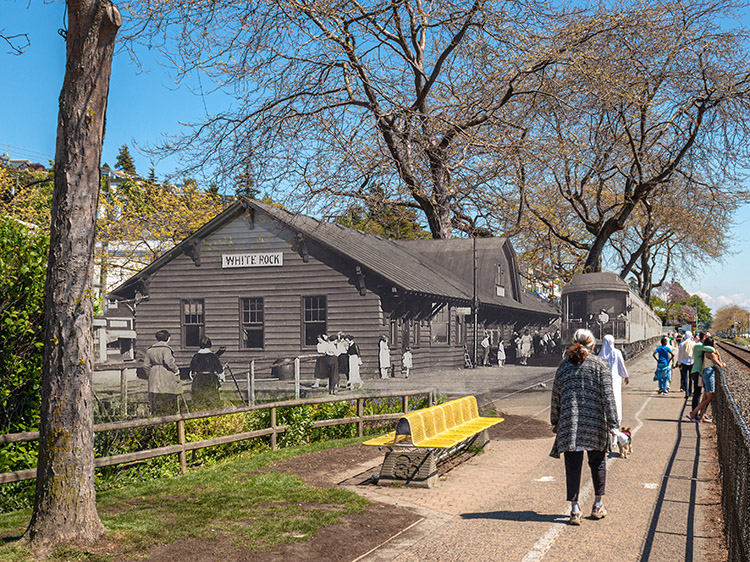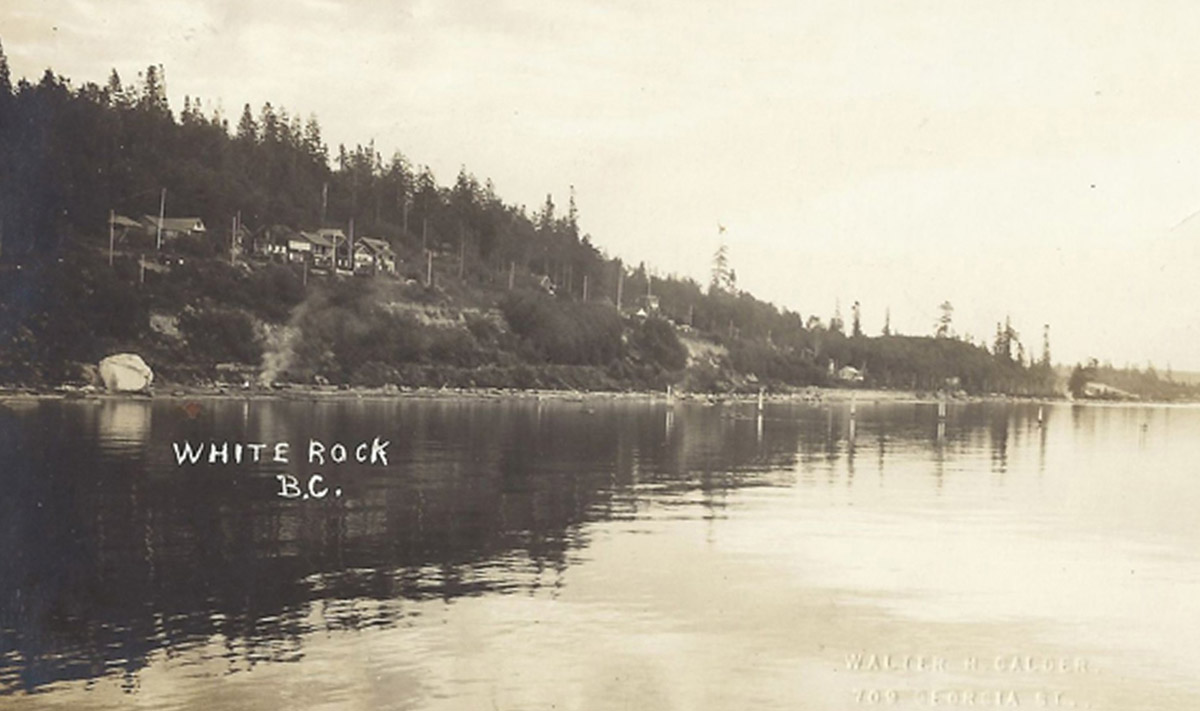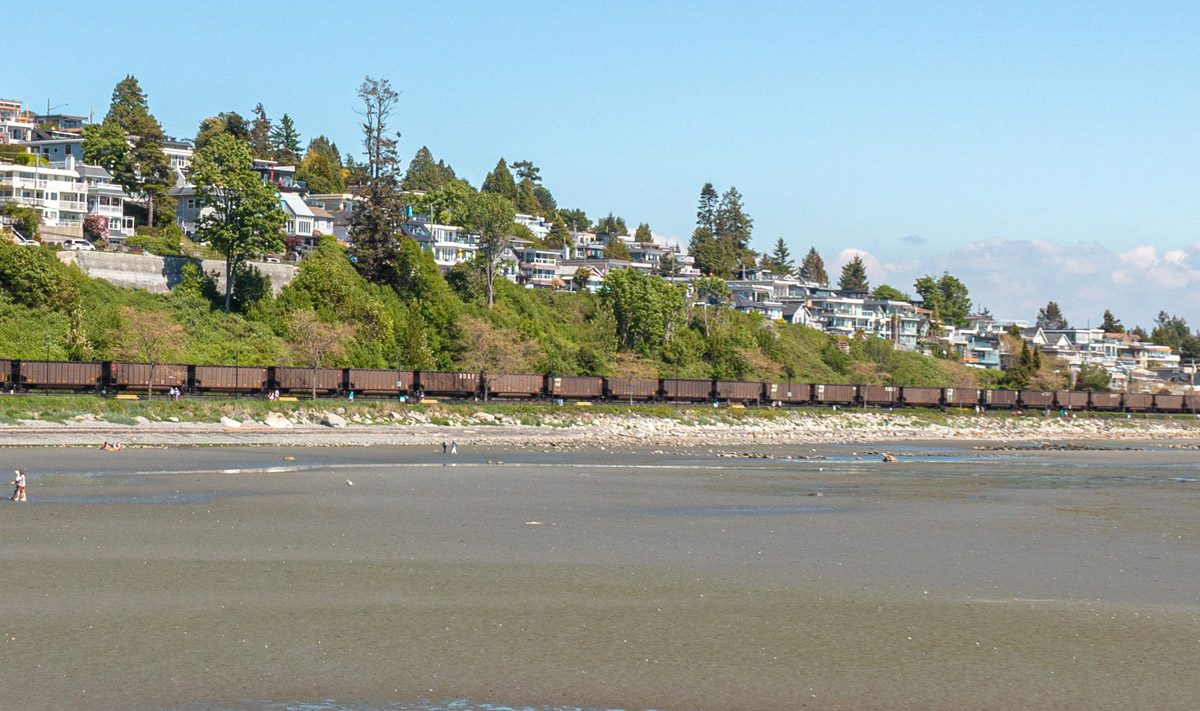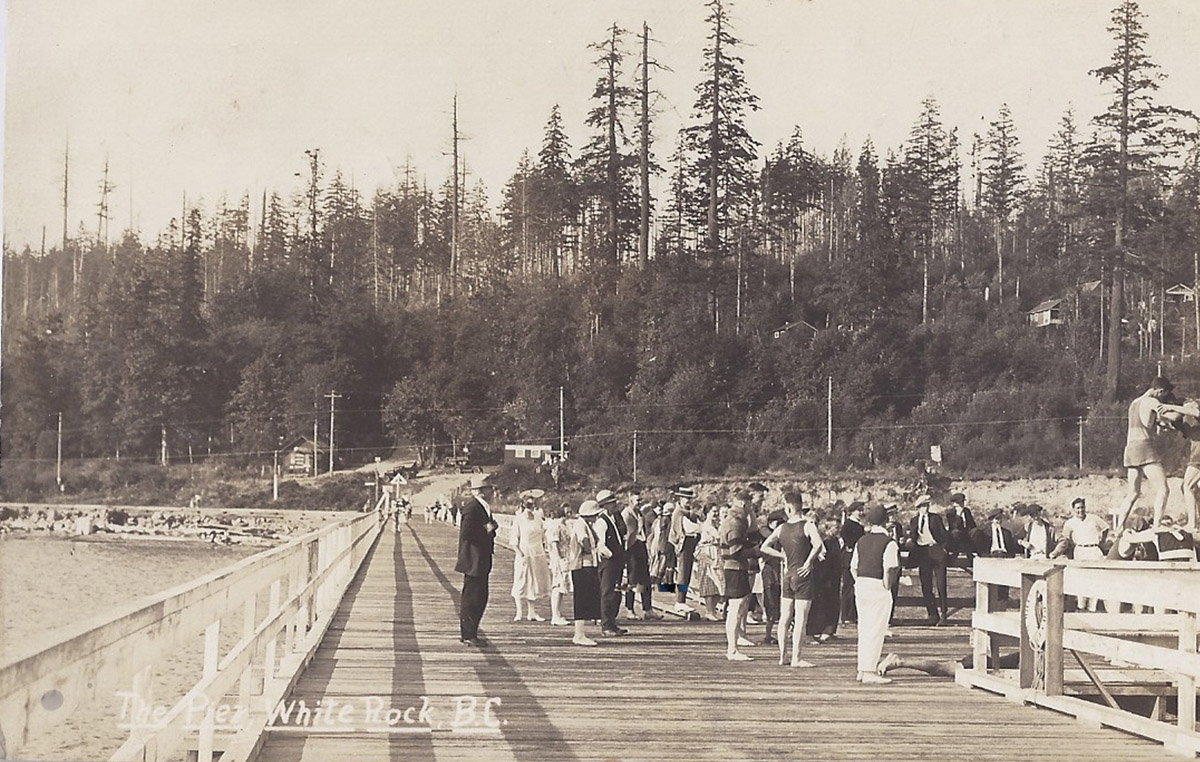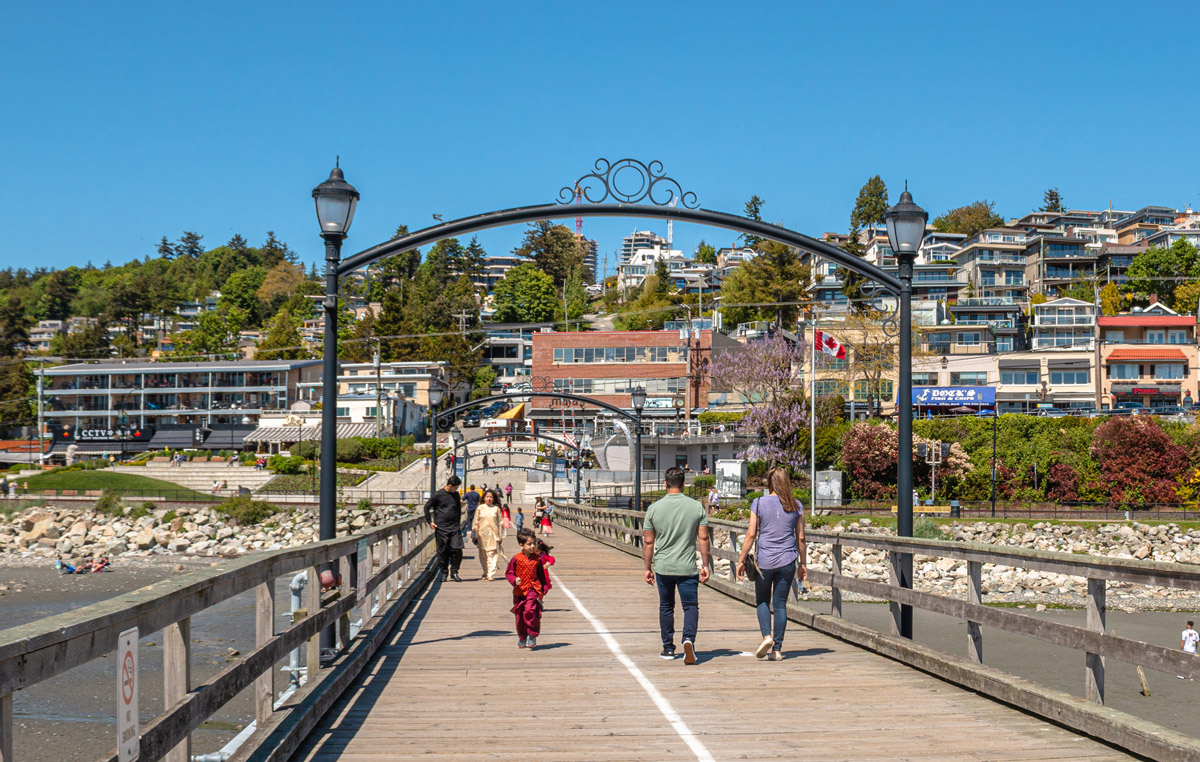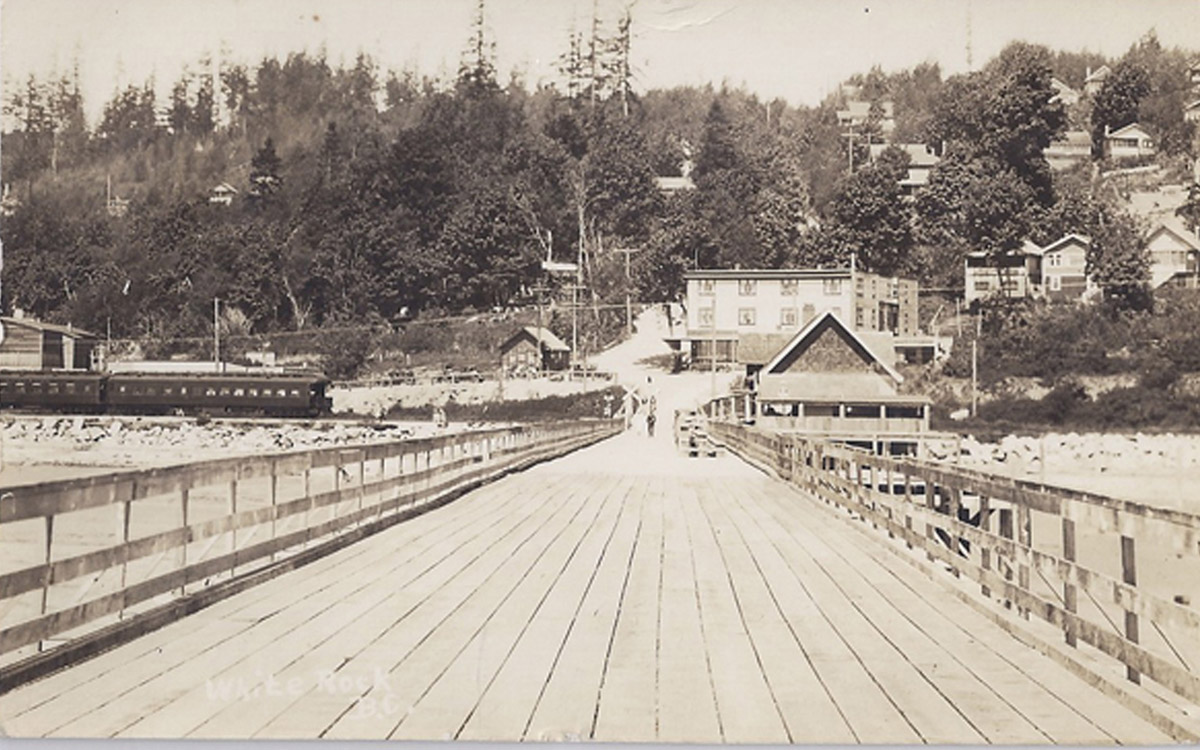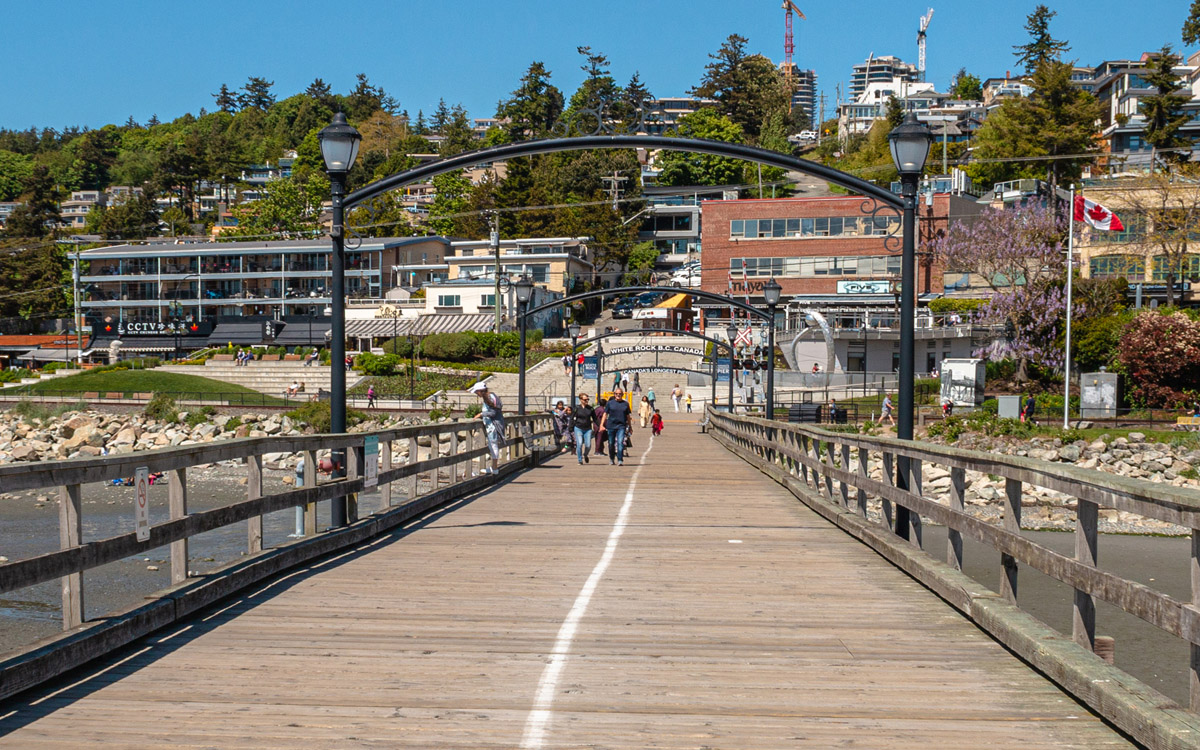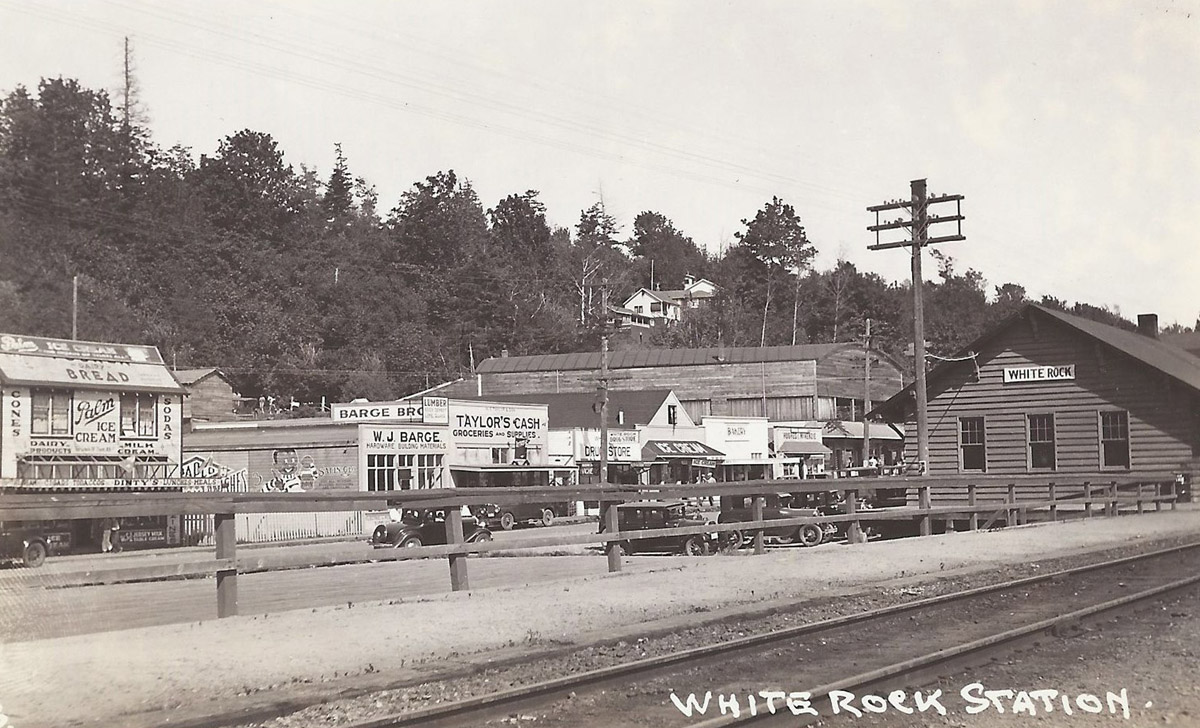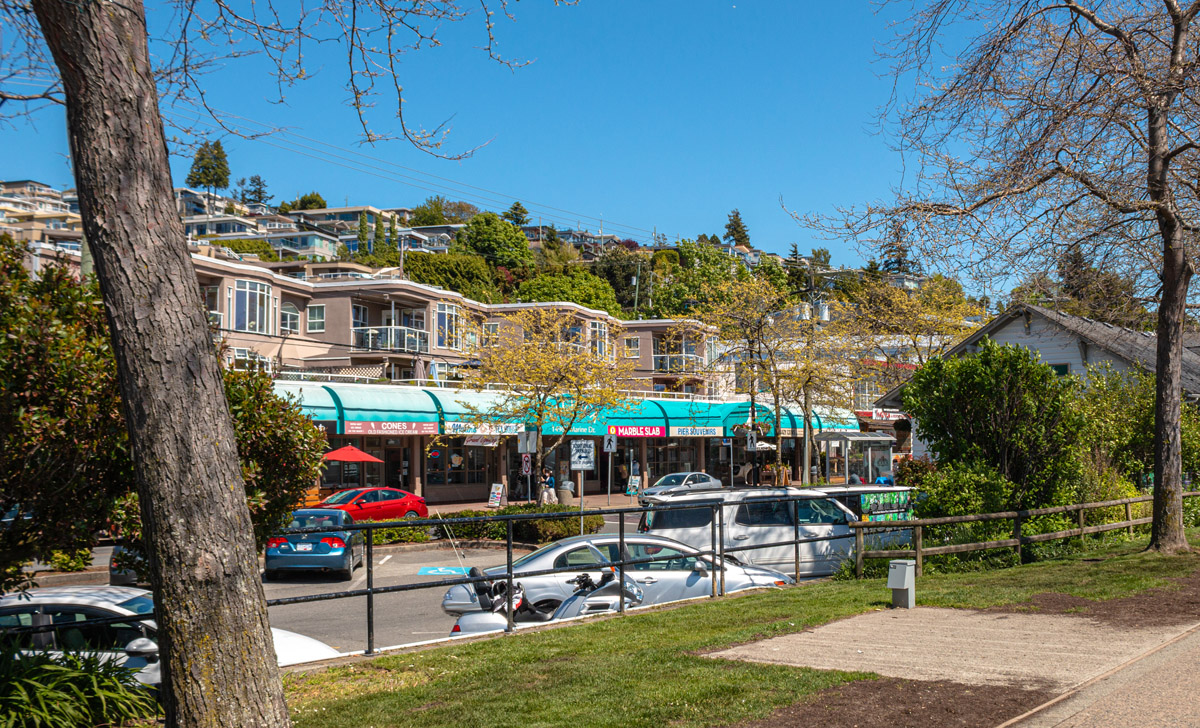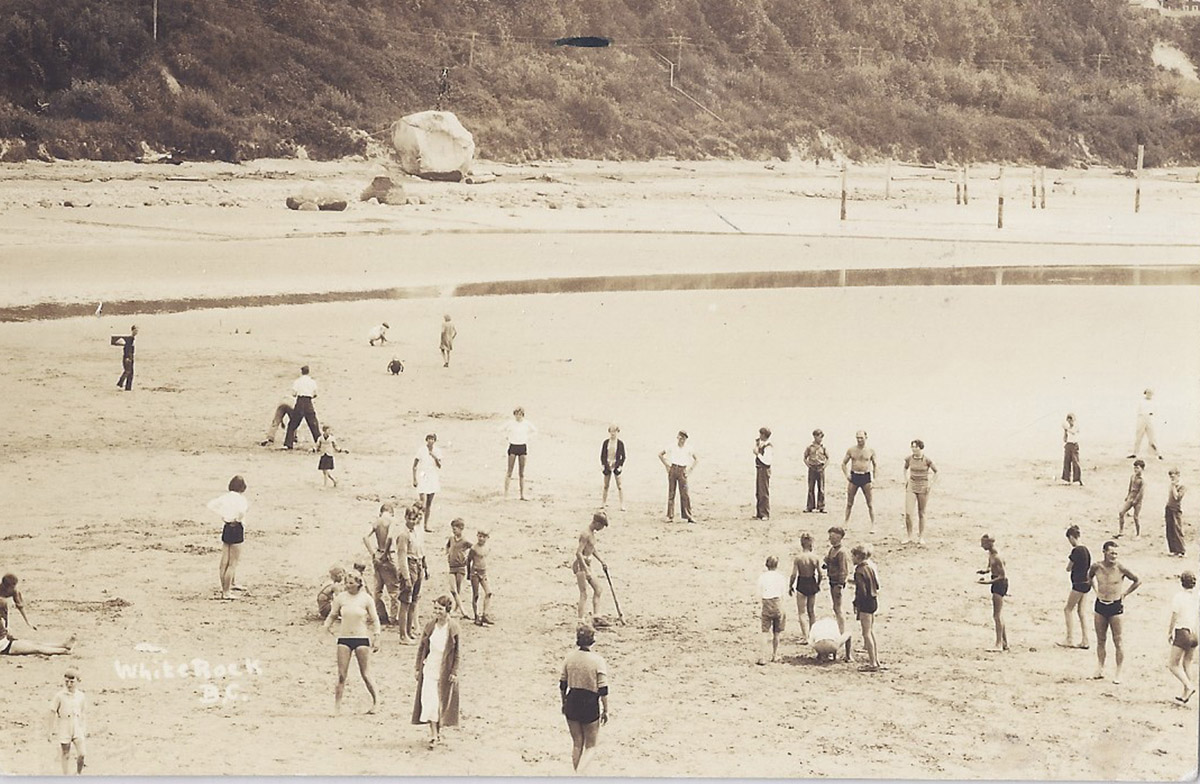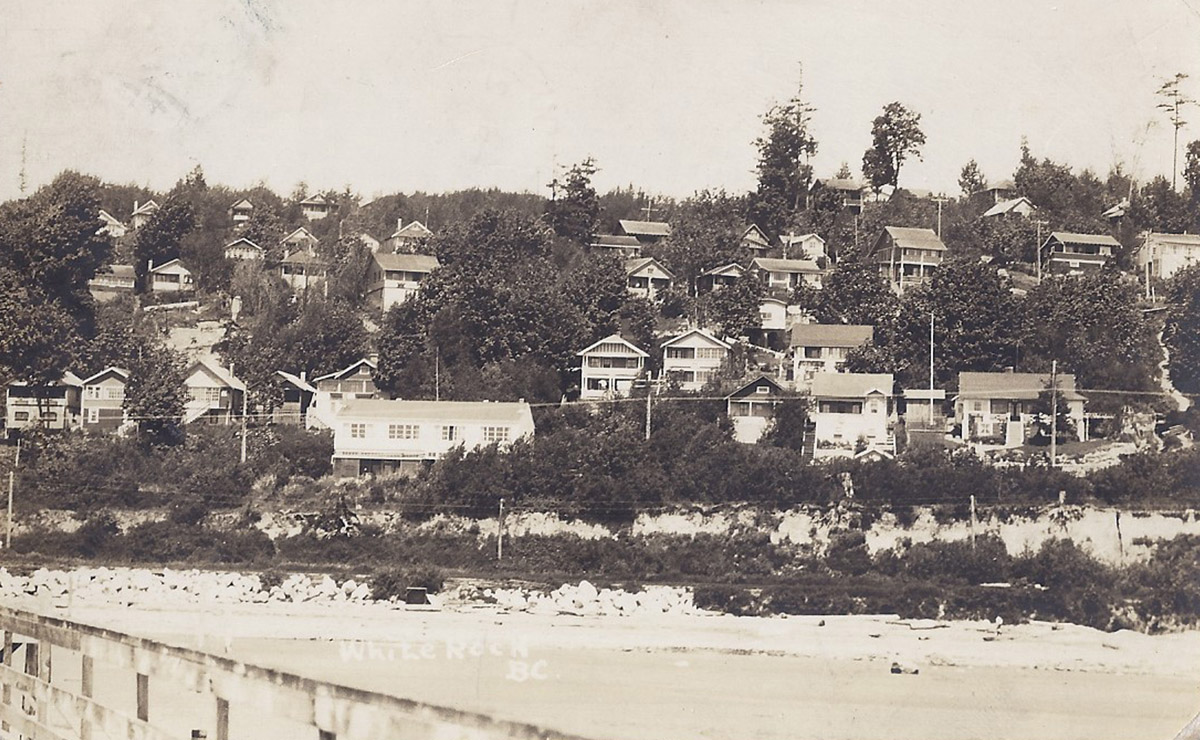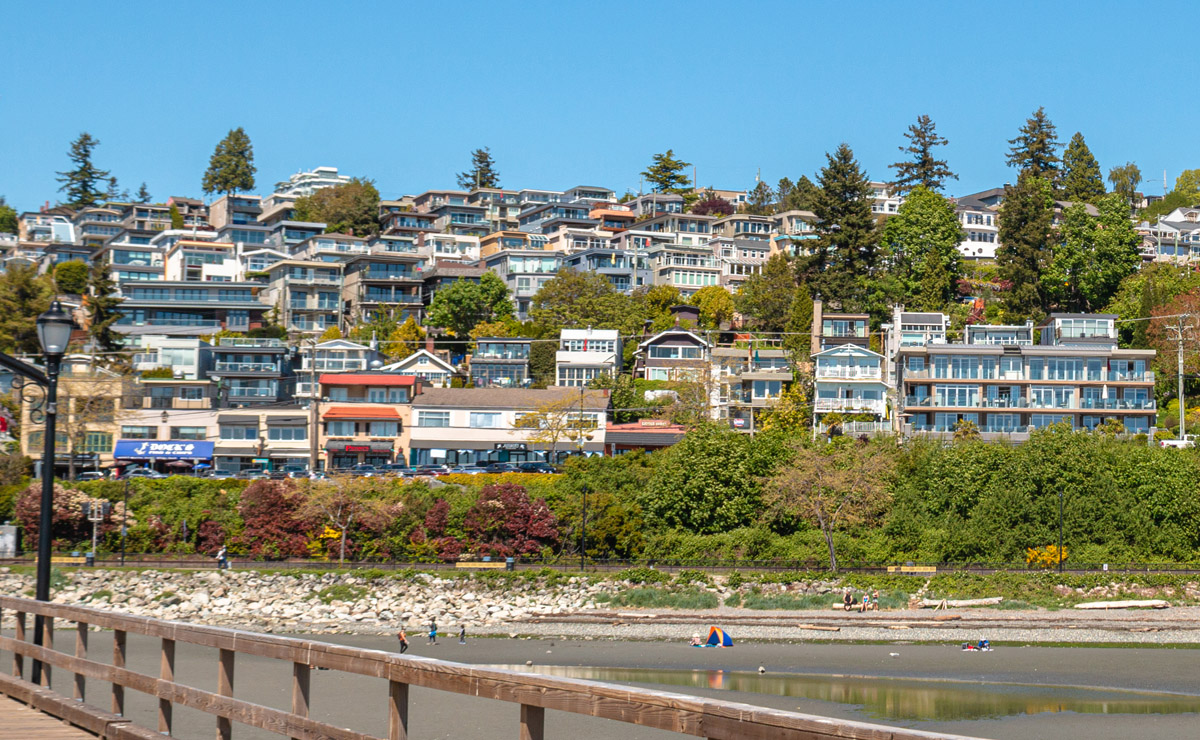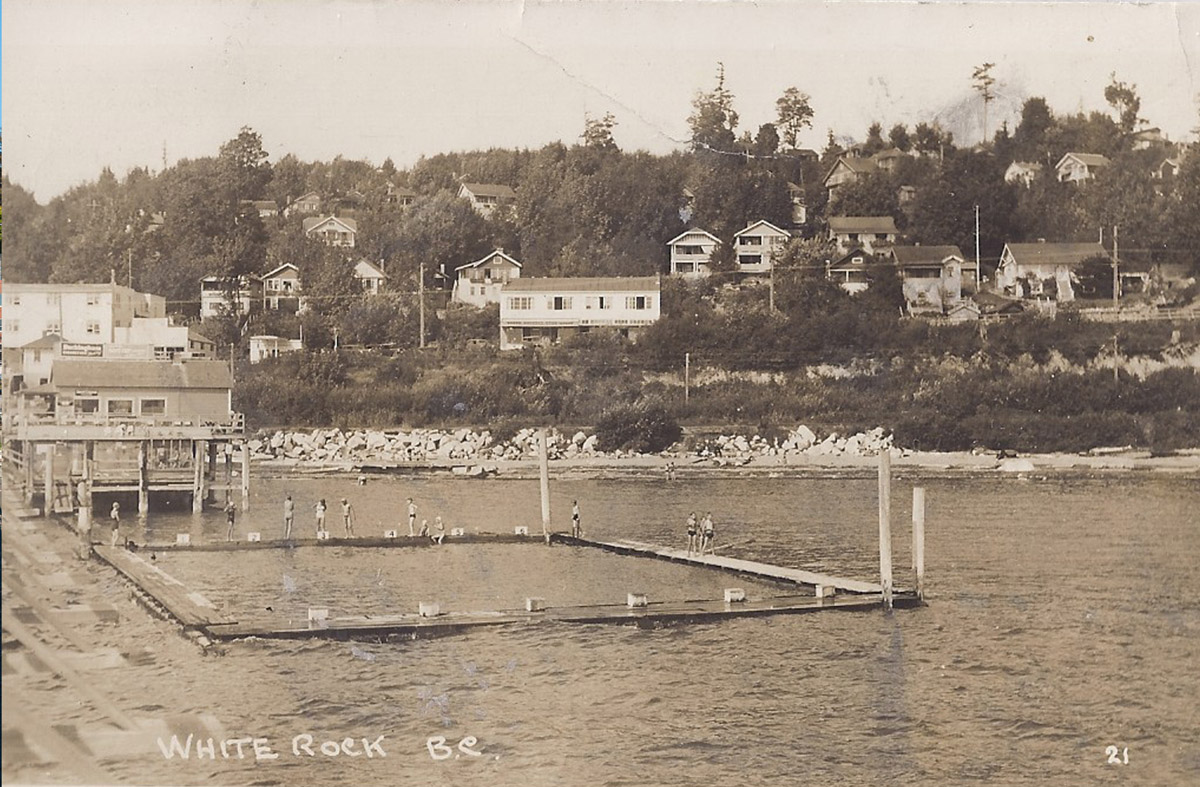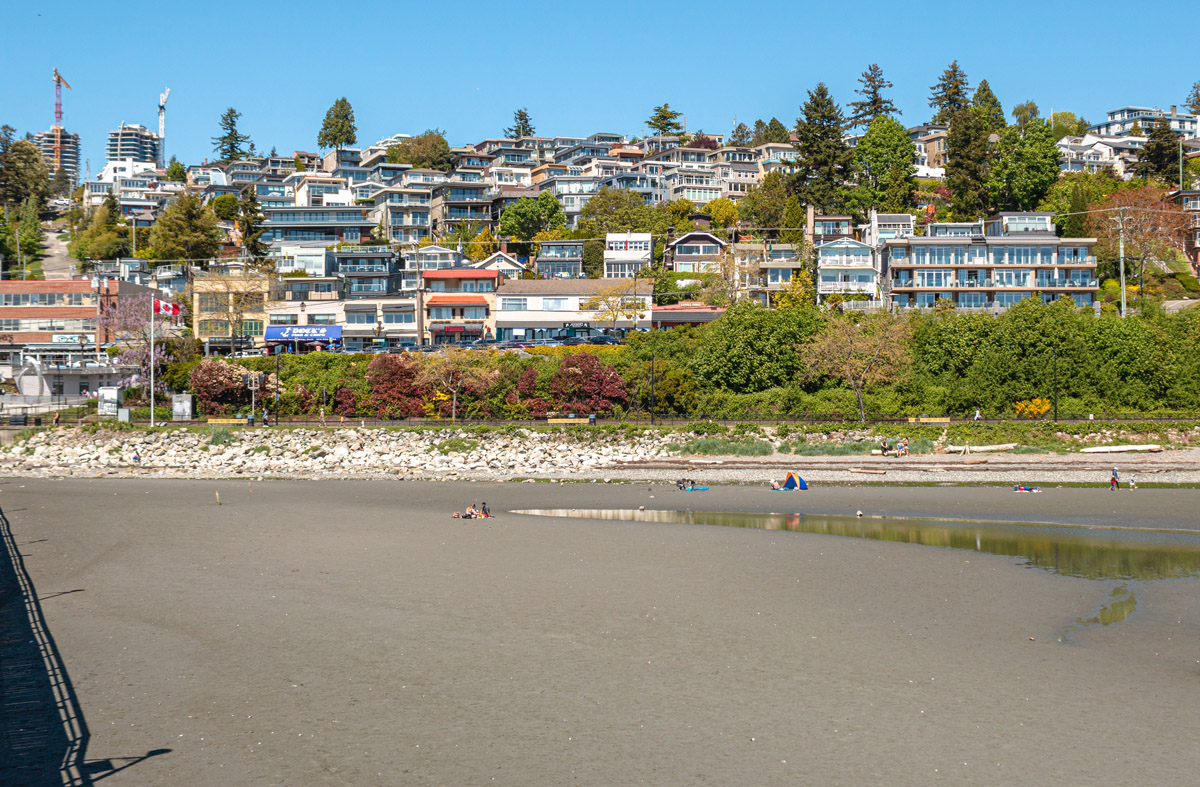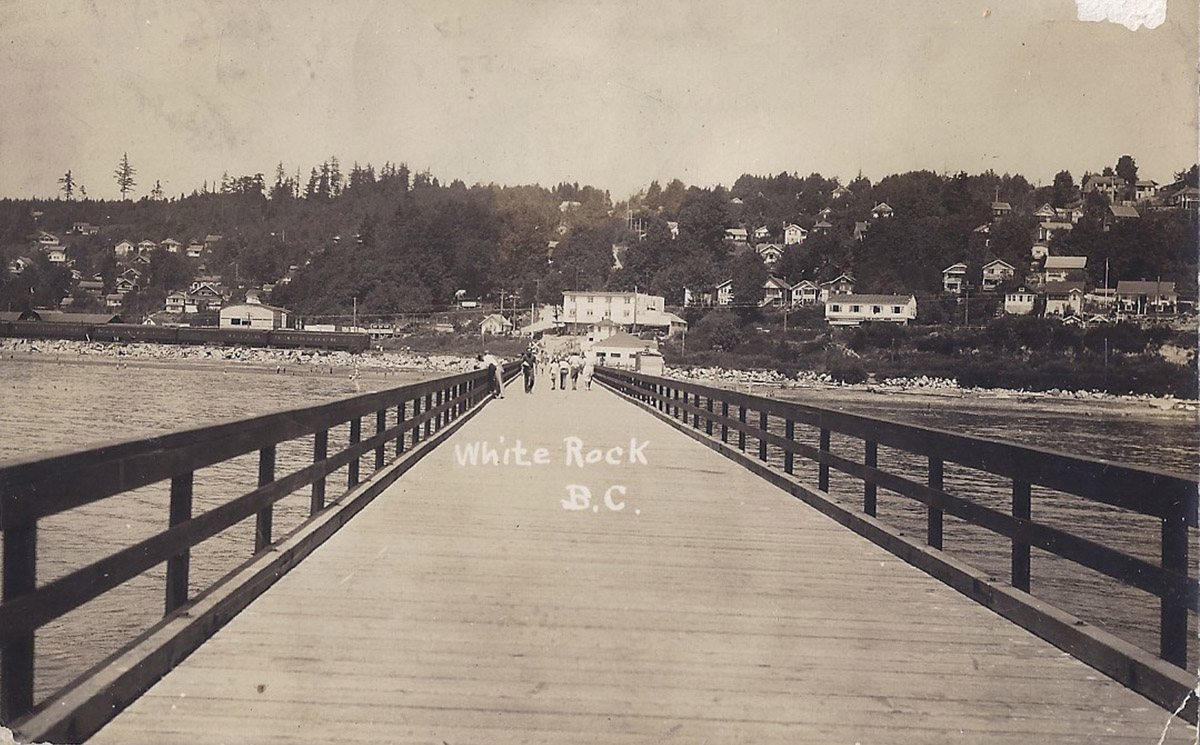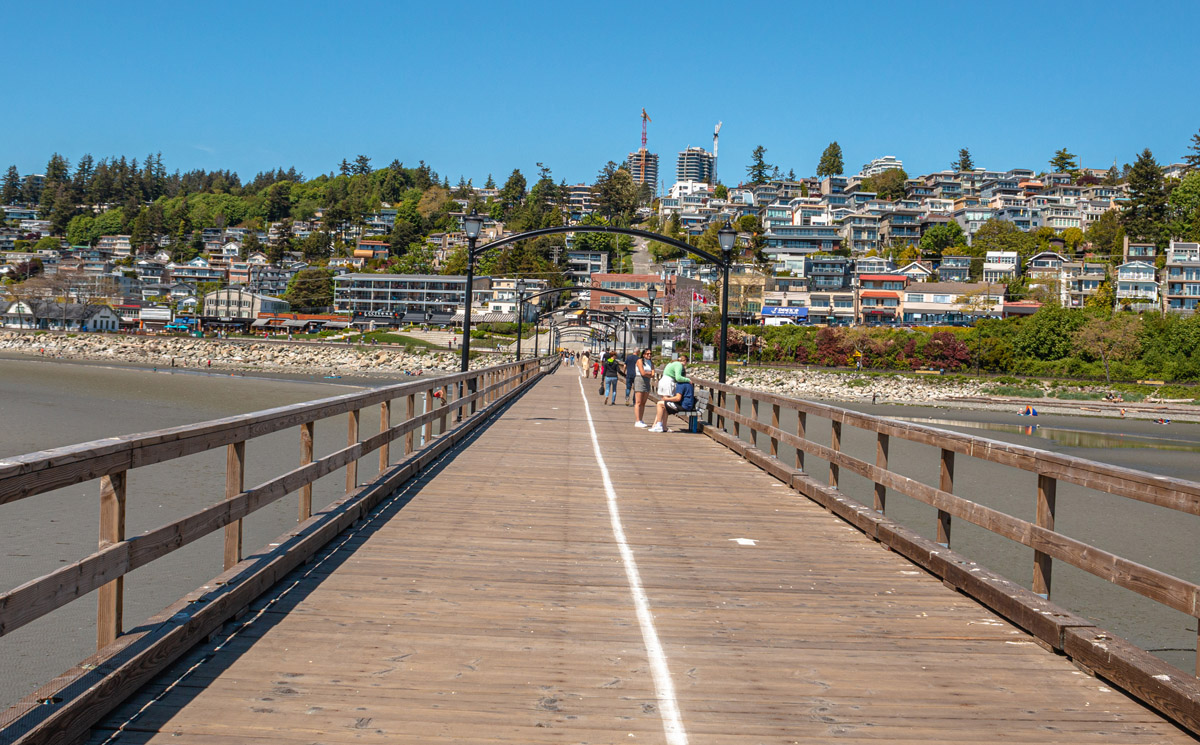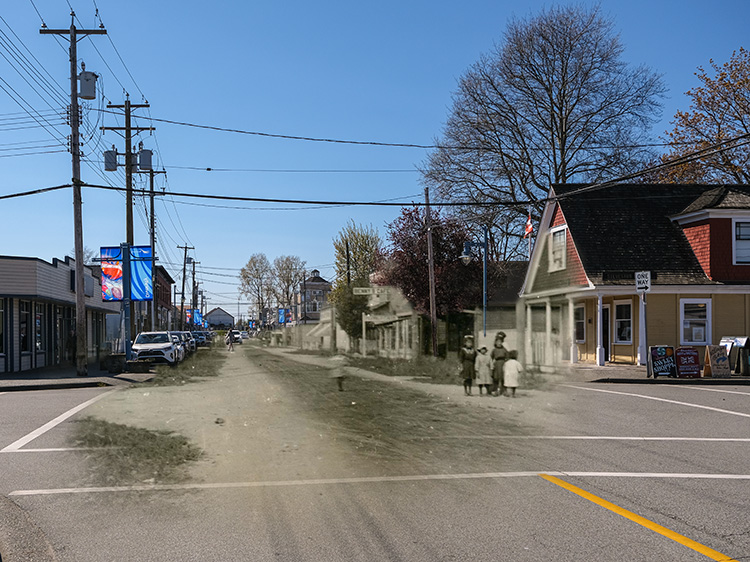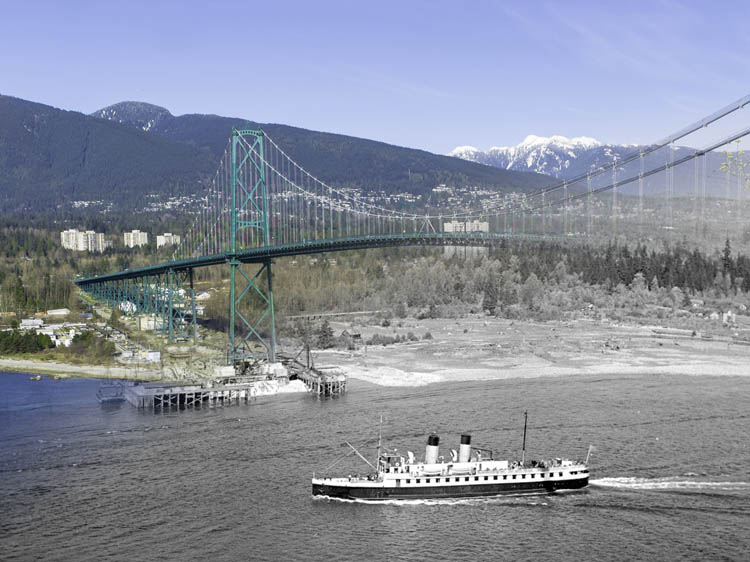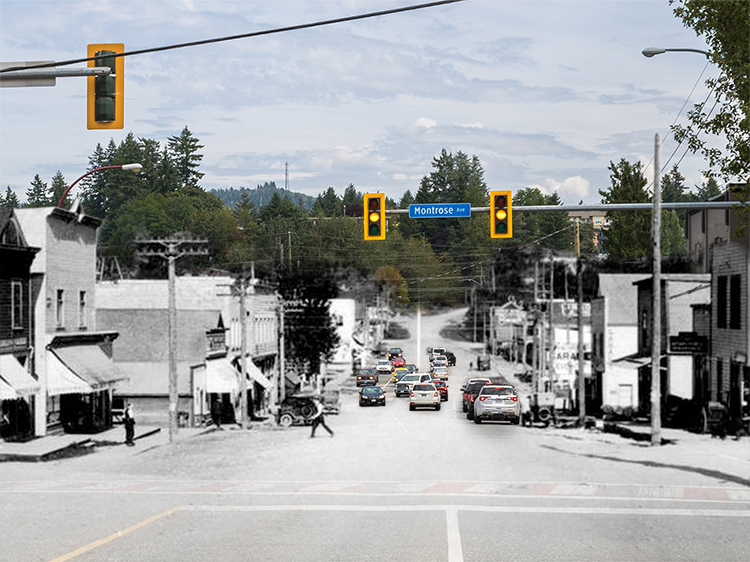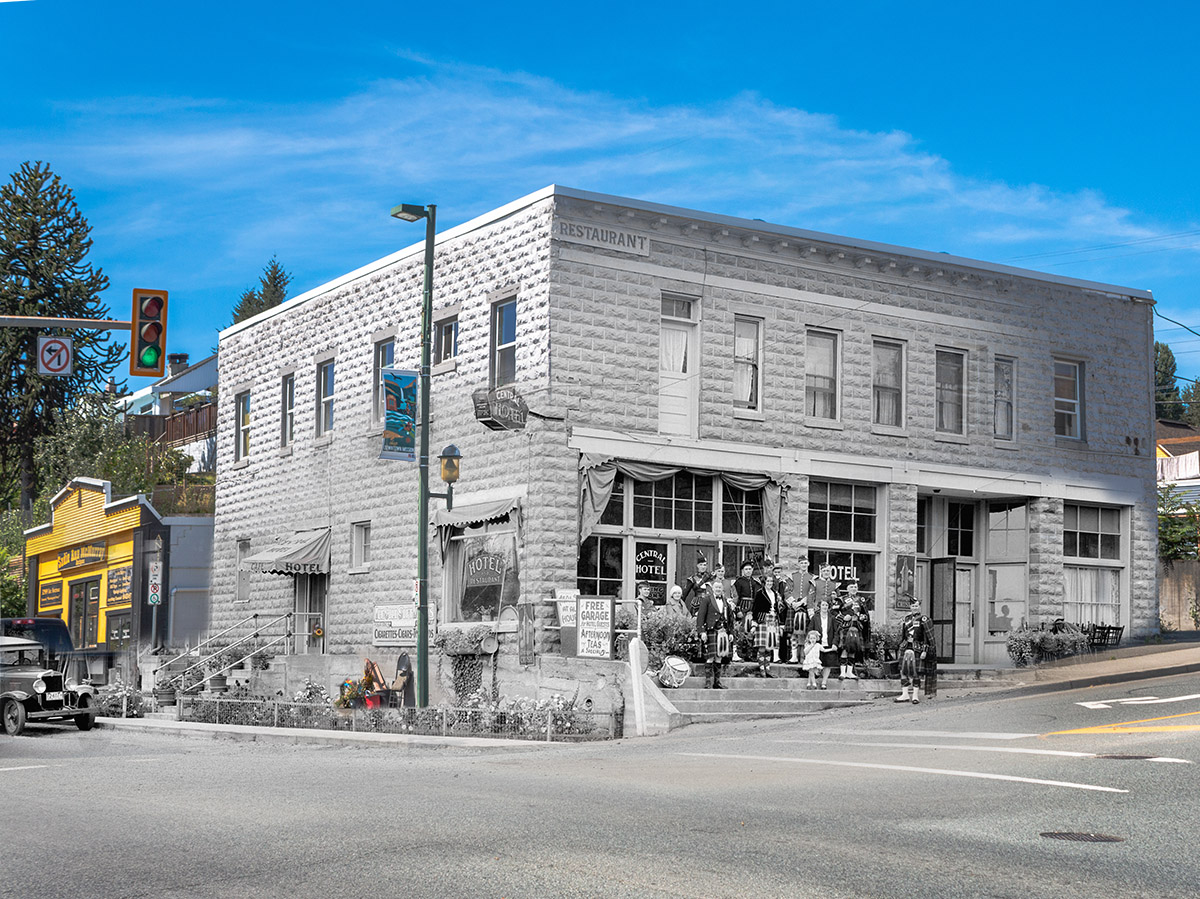Partner City
White Rock
City By The Sea
The area where White Rock now sits has been home to the Semiahmoo First Nation for millenia. Named P’eqOl’es by the Semiahmoo, the White Rock is a glacial erratic from the last ice age which took place between 25,000 and 11,000 years ago This landmark was so distinctive that the European settlers who arrived on these shores chose to name their settlement after it. European homesteaders first began to settle in the area in the 1890s, but the community didn't truly take shape until twenty years later, when the Douglas border crossing opened in White Rock, and the Great Northern Railway was rerouted to follow the shoreline at Semiahmoo Bay. With railway access and a border crossing, White Rock became a local tourist destination, prized for its seaside location and proximity to the bigger city. The famous White Rock pier opened in 1914. Yet despite this promise of growth, White Rock's biggest employer was the Campbell River Mill, and when that closed in 1927, the community shrank to a population of just 400, becoming a sleepy seaside resort town. Gradually, however, the population began to grow again. Migration from the prairies became a major source of new residents, and when the Second World War ended, returning veterans settled in White Rock. Today, the city has a population of 20,000, and its beaches and pier still draw flocks of summer tourists every year.
This project was made possible through a partnership with the White Rock Museum and Archives.
We respectfully acknowledge that White Rock is located in the traditional, unceded territory of the Semiahmoo First Nation and the broader territory of the Coast Salish Peoples.
Explore
White Rock
Then and Now Photos
The Beach
Treasures from the Past Flickr Page
1918
The beach at White Rock, shown in this postcard was, and continues to be, a focal point of the community. The Tourist Hotel sits at the crest of the main thoroughfare, at that time named Washington Avenue, now Marine Drive.
A Crowded Pier
Treasures from the Past Flickr Page
1920
This photograph was taken in 1920 and shows a crowded White Rock Pier. People are likely gathered for a sporting event or competition. On the right, a group of men are balanced in a two-layered huddle.
Pier and Train
Treasures from the Past Flickr Page
1935
The Great Northern Railway travelled along the shoreline of Semiahmoo Bay, passing through White Rock and directly past its pier. In this photograph, taken on the pier, a train passes by, approaching the White Rock Station farther down the shore and out of the photo. This station later became the White Rock Museum & Archives.
The Station and Businesses
Treasures from the Past Flickr Page
1935
This photograph looks across the Great Northern Railway tracks towards the businesses of White Rock. On the far left is Dinty's, serving groceries and treats. Beside this is Barge Bro's Hardware, Taylor's Cash Groceries and Supplies, the White Rock Drug Store, and, in the background, the Feedham Block, which housed the Blue Moon Dance Hall on its second storey.
Playing on the Beach
Treasures from the Past Flickr Page
1936
The city of White Rock got its name from a large, bright white boulder on the shore, which was left behind by glacial movement. The boulder is clearly visible in this postcard from 1936, which shows the crowded beach at low tide.
Beachside Homes
Treasures from the Past Flickr Page
1937
This photograph from 1937 was taken from the White Rock pier, looking northeast at the many houses located on the hill above the water. The spectacular view afforded from that vantage point remains a much desired home feature today.
Swimmers at the Pool
Treasures from the Past Flickr Page
1938
As you can see from the number of people who stand on its edge in this photograph, the swimming tank at White Rock was a popular spot each summer. A new Royal Canadian Legion building is to the left of this image, after the old building burned down in 1935.
The White Rock Pier
Treasures from the Past Flickr Page
1941
The White Rock Pier, pictured here, is the longest pier in Canada. It first opened in 1914 to facilitate a proposed deep-water port. However, this port never came into being, and the pier gradually became more of a tourist destination. It was restored in 1977. Then, in 2018, it was partially destroyed by storms. It has since been rebuilt.

